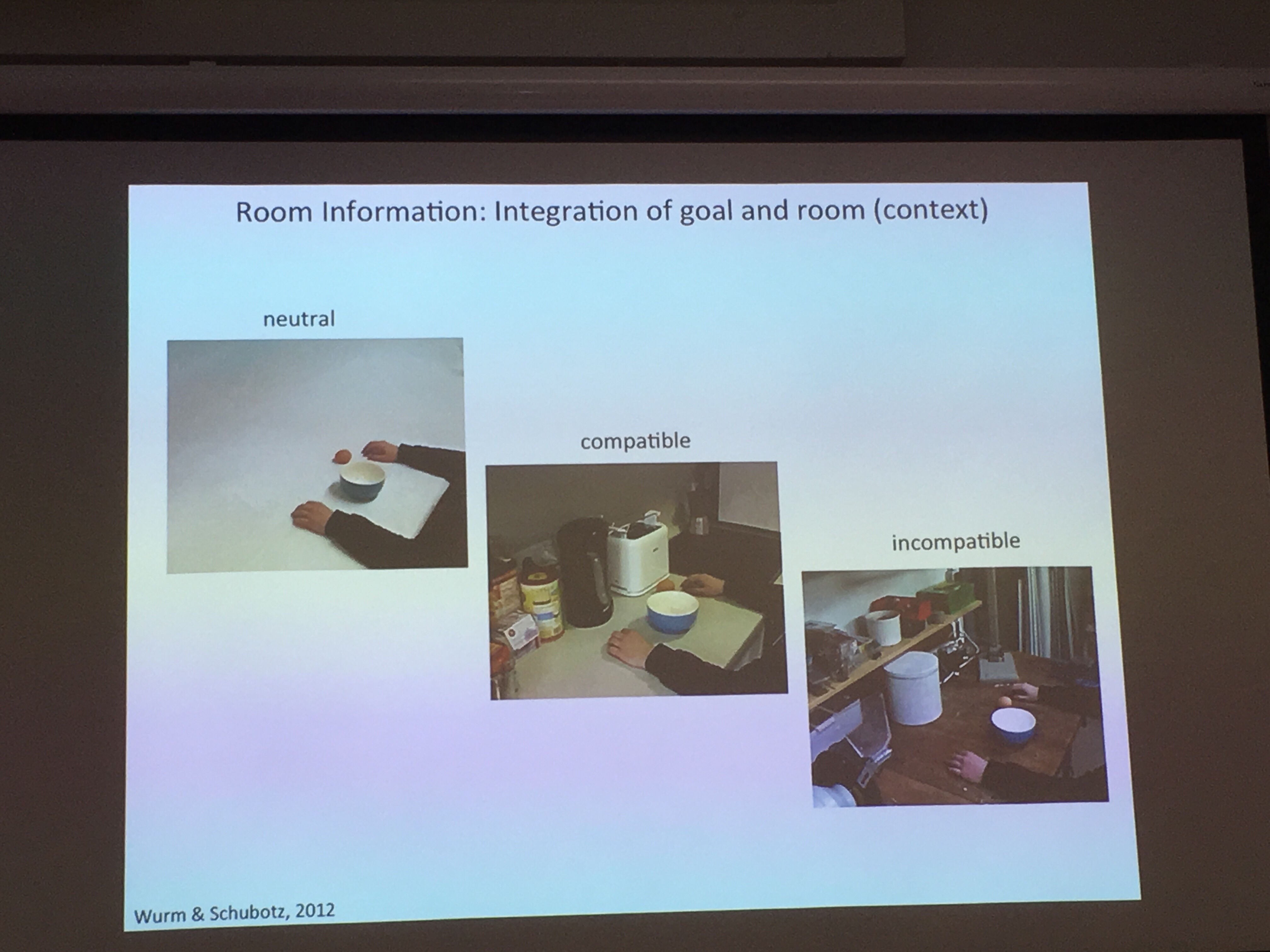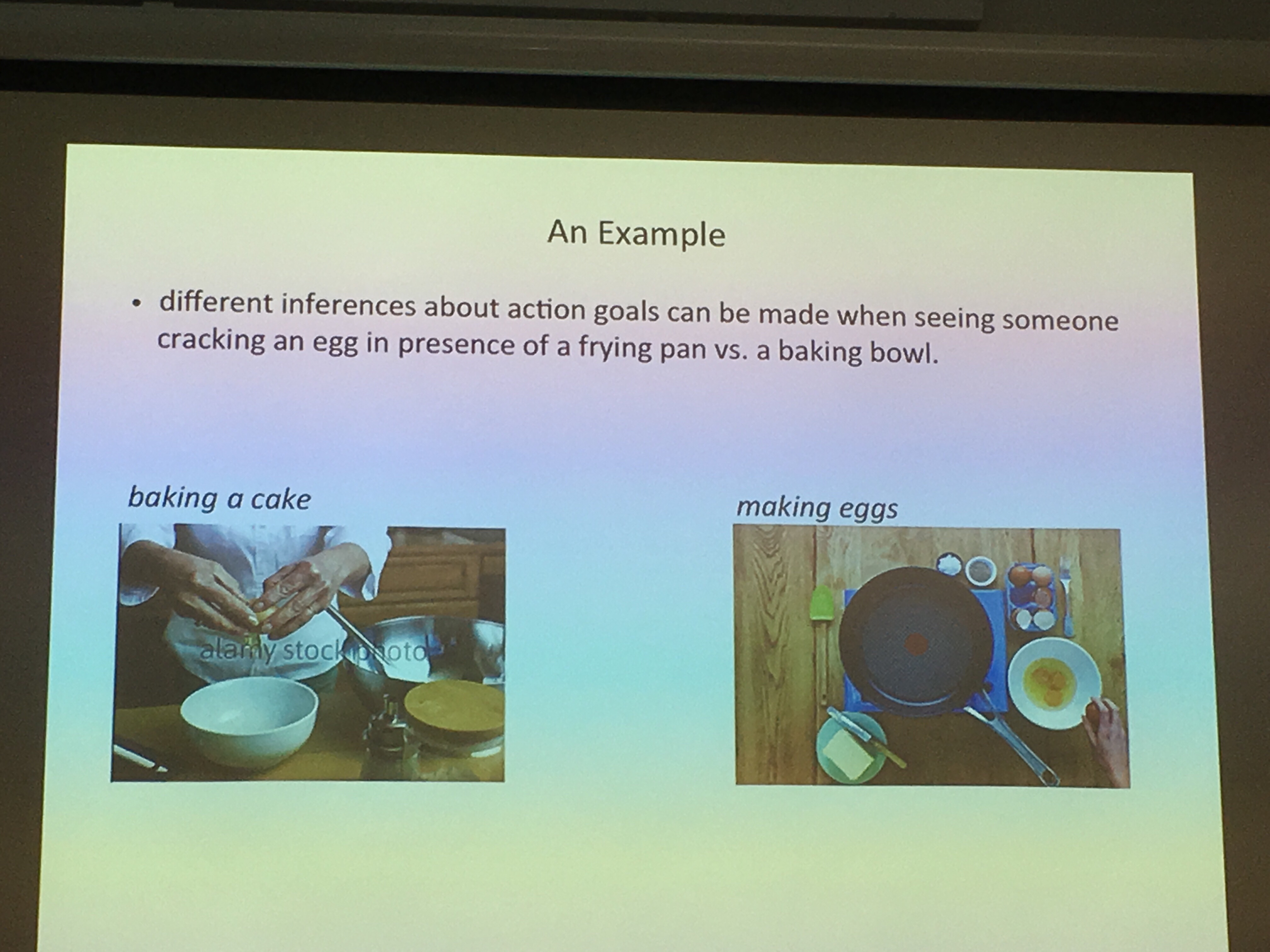This research looked at how we respond to the observation of actions and how the context affects our neural processing of that action. I was fascinated to learn simply by observing an action with an object that can be potentially used for an action – such as a potato peeler – the brain seems to simulate this action.

But what happens when we observe an object being used for an action in an unusual context? Or what happens if we see an object being used for an unusual action, perhaps even in an unusual space.
The experiments used videos of a person performing a task with specific objects in specific contexts such as cracking and egg into a bowl in the kitchen. and was then repeated in a different context or with a different tool. such as cracking an egg into a shoe in a garage for example. The experiments yielded interesting results [see links below]
For me, this reminded me of the mechanisms artists use all the time. Mixing of materials that would otherwise rarely come together – or simply mixing contexts actions and labels.
“The influence of contextual information on action observation and anticipation
“In order to properly interact with each other it is of utter importance to understand what people around us are doing: that is, to be able to derive intentions, to predict and anticipate future steps of an unfolding action and hence to capture overarching action goals. As actions are highly complex stimuli, action recognition and more specifically goal inference involve not only the readout of core information (manipulation movements, manipulated objects) but also the integration of contextual information, i.e. the scene (including actor, room and contextual object information) in which an action takes place. The latter may be especially important for the inference of action goals. Hence, information that is not necessary for the recognition of an on-going action (e.g. cutting a carrot) might be crucial for higher-level inferences of goals (preparing a salad) and the prediction of forthcoming action steps (e.g. cutting more vegetables, preparing dressing)”
Nadiya El-Sourani, University of Muenster, Germany
Link to related paper:
Making sense of objects lying around: How contextual objects shape brain activity during action observation
https://www.uni-muenster.de/imperia/md/content/psyifp/aeschubotz/paper/el-sourani.2018.pdf